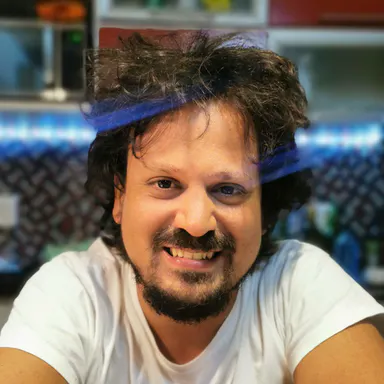Designing products that drive specific behaviors in users can be a challenging task, particularly when dealing with complex products. However, with the help of a formalized methodology, businesses can create products that not only meet their business objectives but also resonate with their target audience.
Behavioral design is a design philosophy that focuses on driving behavior and designing products that achieve specific behaviors in users. By understanding the human psyche, products are designed to influence these factors in a positive way, leading to better adoption flows and increased engagement and loyalty.
Using an iterative approach is a popular way to design solutions, this way the solution will get progressively better. This approach is based on the idea that the first solution is never the best solution and that by testing and refining it, the product can be improved over time. However, this approach requires teams to have a correct initial guess of the product, as the iterative process will be based on it.
While brainstorming processes can be effective in generating ideas, a formalized methodology provides a structured approach to designing products that drive behaviors. By following a formalized methodology, teams are forced to justify their ideas and run through a series of steps before actually implementing them. This helps prevent tunnel vision syndrome and ensures that the product is designed to achieve the desired behaviors.
Despite the benefits of an iterative approach such as Design Thinking, the process can be challenging when dealing with complex products. Teams may require a successful solution to show for, during the first couple of iterations, or they may lose funding or stakeholder interest. Therefore, a correct initial guess is imperative for the process to be viable in the long run. A formalized methodology during the initial empathize and define phases is key to having clear base assumptions of the design.
To reach a successful product swiftly, it is key to have a methodical approach, as this helps push the process forward toward a sustainable system that generates value. A behavior centric approach yields hypotheses around what is valuable for the users and the behavioral barriers to overcome to reach that value. Having a set of tasks to tackle gets your team going and centered on solving the next problem.
“Behavioral Design Models” is my approach to the problem consisting of a set of eight easy-to-follow templates that require the stakeholders to view the product ecosystem from a behavioral perspective. This means mapping each user’s needs, values, and barriers using psychological frameworks, creating behavioral funnels before brainstorming features, and identifying the barriers these features are designed to overcome.
This methodology has been used to find useful solutions in a range of industries such as healthcare, finance, education, and wellness while aligning stakeholders behind the behaviors identified as key to the product success, not their particular areas of expertise. We offer guidance to our clients throughout the process, including webinars, online courses, and product consulting to ensure that you get to include a behavioral perspective into your product.
In conclusion, a formalized methodology can help design products that drive behaviors, helping iterative processes be more effective by proposing a framework to design and test your assumptions. By understanding the human psyche and using a structured approach, businesses can design products that resonate with their target audience, boosting adoption and retention rates.








